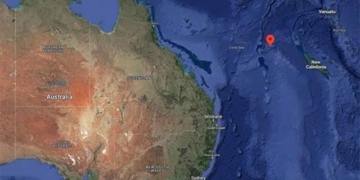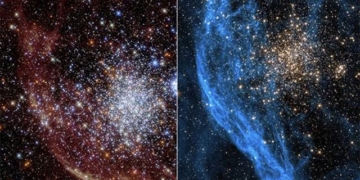The first mission in NASA’s Artemis program concluded with stunning visuals, capturing the moment the 98-meter Space Launch System (SLS) rocket illuminated the night sky and provided close-up images of the Moon’s surface.
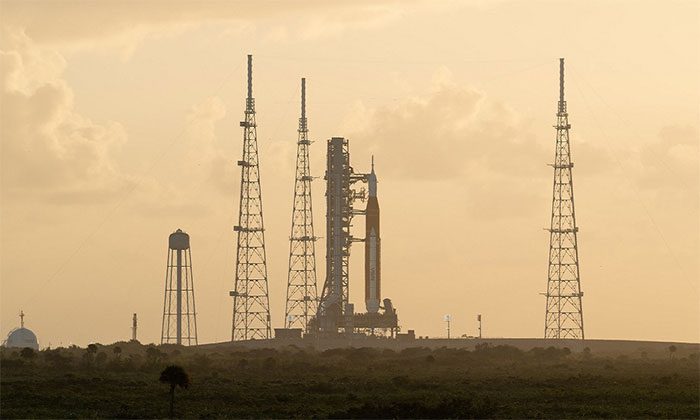
Nine days before liftoff, NASA’s Space Launch System (SLS) stood tall against the sunset sky in Florida at launch pad 39A at Kennedy Space Center. (Photo: NASA/Joel Kowsky)
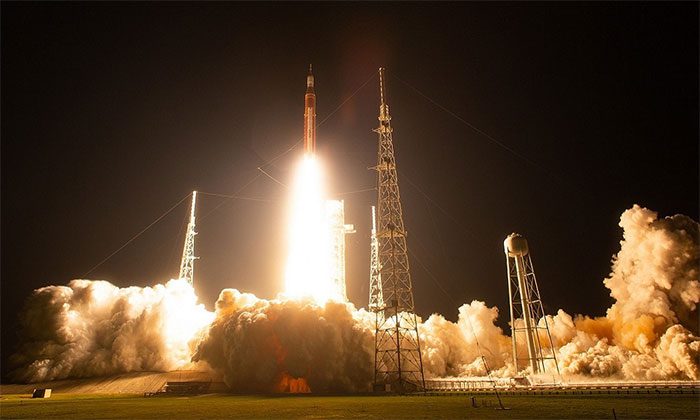
Seconds after liftoff on November 16, 2022, the SLS began its journey to the Moon, lighting up the night sky with its solid rocket boosters. The launch was so powerful that it damaged the mobile launch platform. (Photo: NASA/Joel Kowsky).
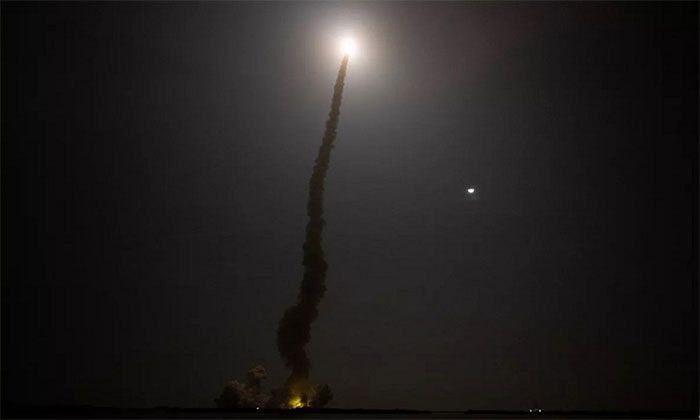
About a minute after takeoff, the powerful boosters of the SLS created a giant plume of smoke in the sky with the Moon hovering nearby. The SLS is the most powerful rocket ever successfully launched, generating 3.9 million kilograms of thrust. (Photo: NASA/Keegan Barber)
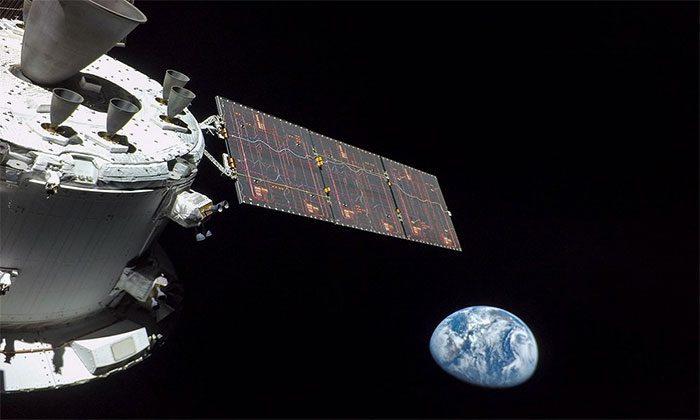
On November 16, 2022, the first day of the mission, the Orion spacecraft captured an image of Earth from deep space. The photo was taken using the solar-powered camera on Orion while the spacecraft was 91,732 kilometers away from Earth and on its way to the Moon. (Photo: NASA).

On the 13th day of the mission, Orion reached its farthest distance from Earth (432,210 km). The Orion spacecraft traveled farther from Earth than any crewed spacecraft, breaking the record set by Apollo 13. (Photo: NASA).
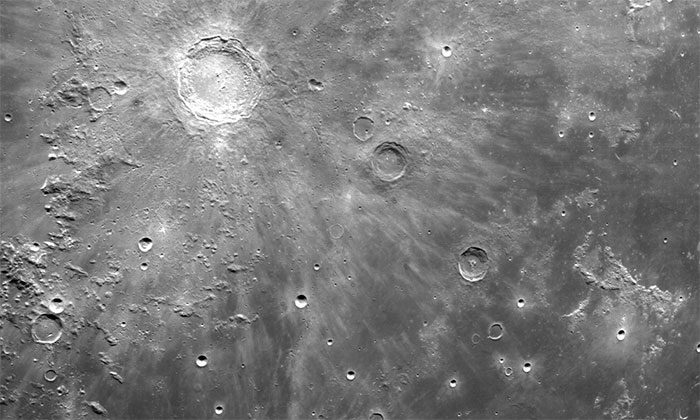
On December 5, the 20th day of the Artemis 1 mission, the Orion spacecraft captured close-up images of the Moon’s surface. NASA plans to return humans to the Moon’s surface with Artemis 3 as early as 2025, landing near the lunar south pole. (Photo: NASA).
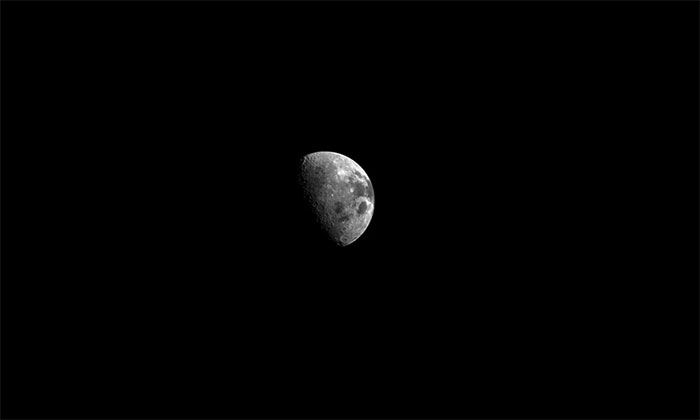
On the 21st day of the mission, December 5, the Orion spacecraft “looked back” at the Moon after orbiting the celestial body and began its journey back to Earth. Throughout the mission, Orion used positioning cameras to observe Earth and the Moon at various stages and distances. These images helped NASA analyze the performance of Orion’s optical navigation system under different lighting conditions to determine how to use the system in future missions. (Photo: NASA).
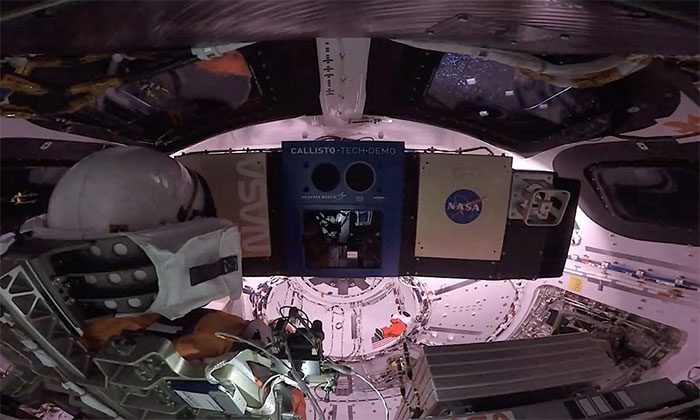
The zero-gravity indicator of NASA, a stuffed Snoopy dog in an orange astronaut suit, floated inside the Orion cabin amid flashing lights. Commander Moonikin Campos, a mannequin equipped with sensors to collect data on the radiation environment in deep space, was also in the cabin. Campos will help researchers determine the best ways to protect astronauts from radiation in future missions. In the center of the cabin is Callisto, a device co-developed by Lockheed Martin and Amazon to test voice-activated digital assistant technology aboard Orion. (Photo: NASA).
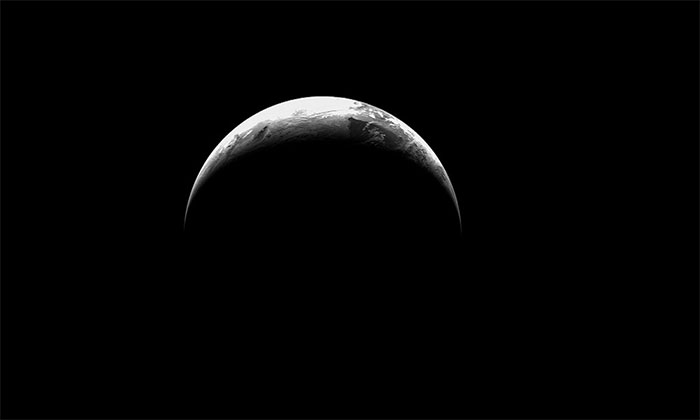
Minutes before the Orion spacecraft re-entered Earth’s atmosphere at a speed of 40,000 km/h, it captured its final image of Earth from deep space. The spacecraft’s heat shield endured temperatures of up to 2,800 degrees Celsius during re-entry, nearly half the temperature of the Sun’s surface. (Photo: NASA).
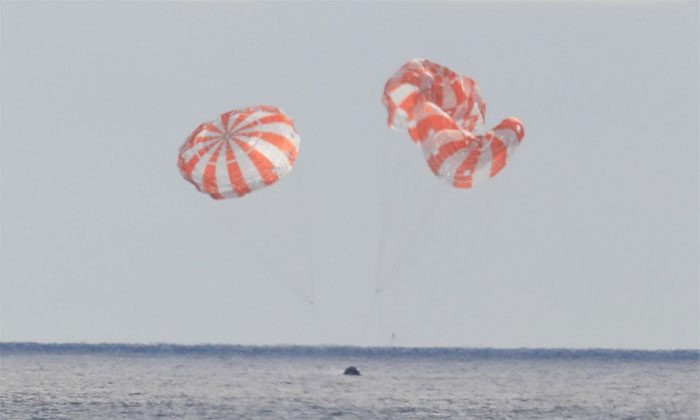
At 12:40 AM on December 12, according to Hanoi time, the Orion spacecraft landed in the Pacific Ocean, 9.3 km from the US Navy recovery ship USS Portland. (Photo: NASA/Kim Shiflett)
















































